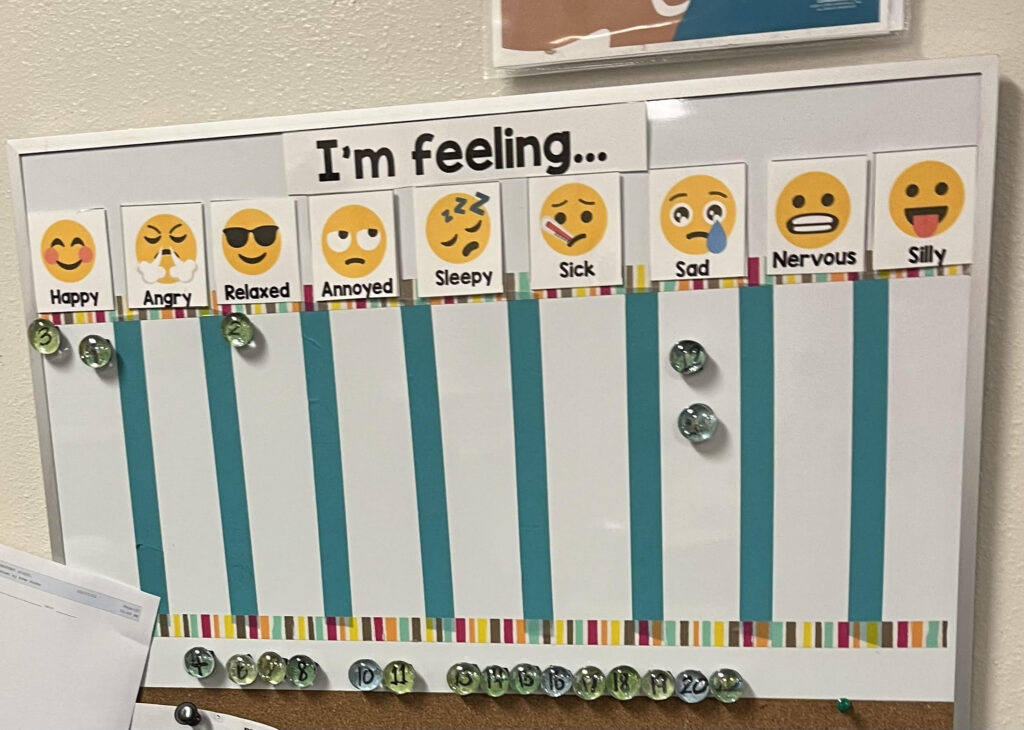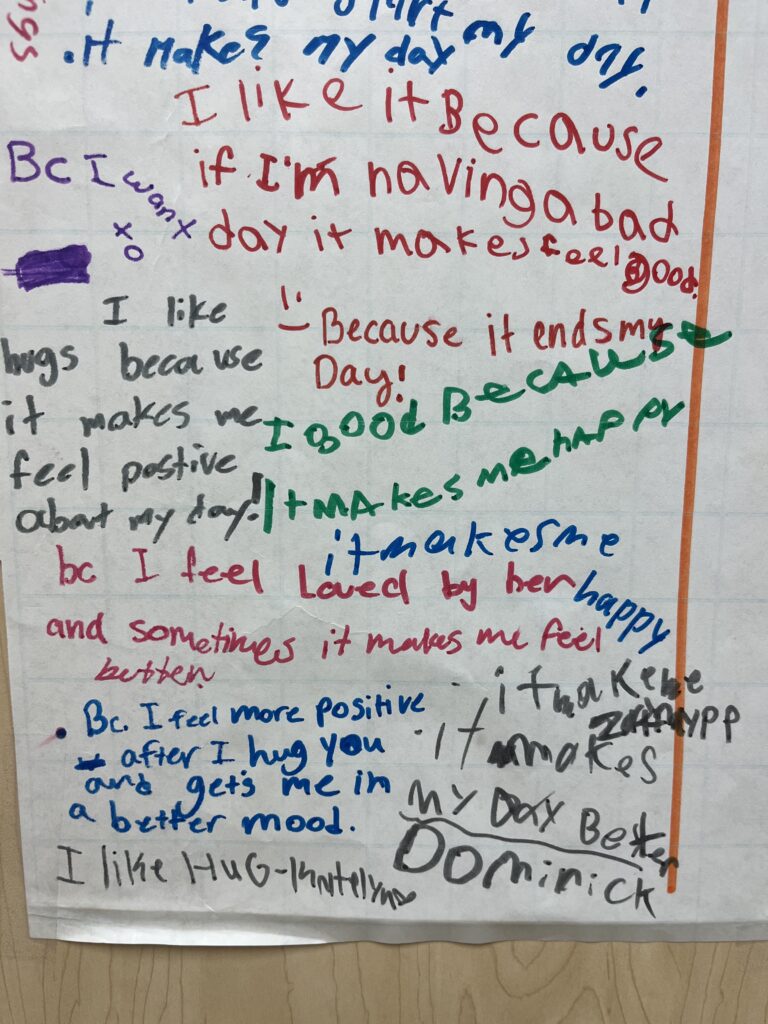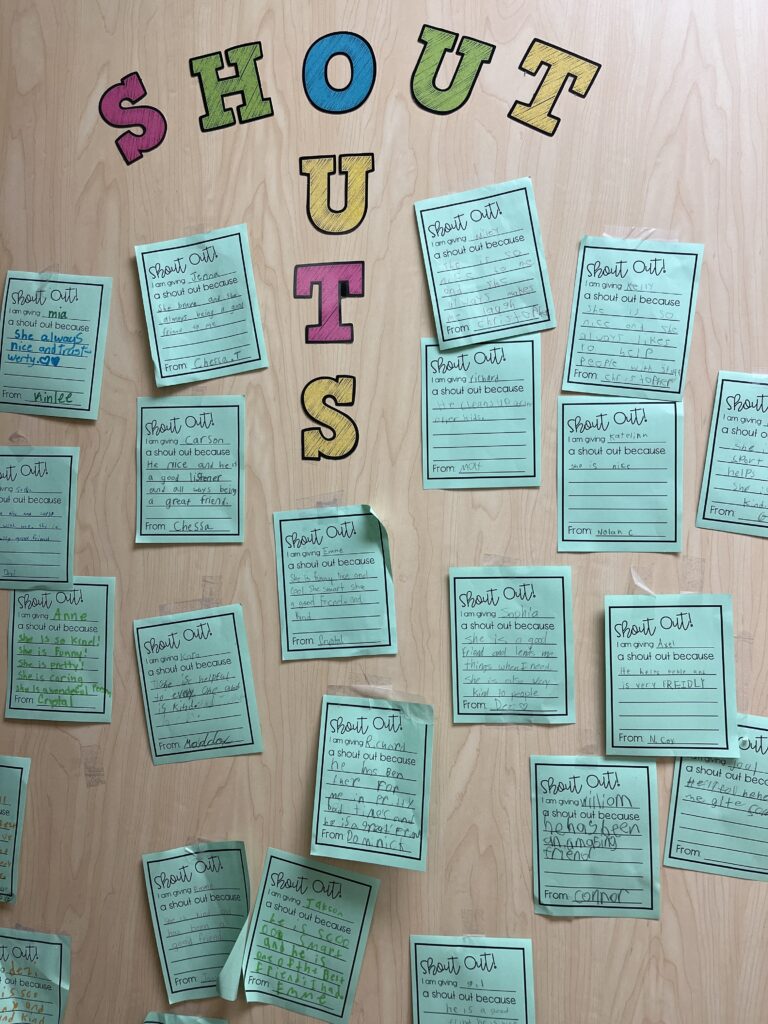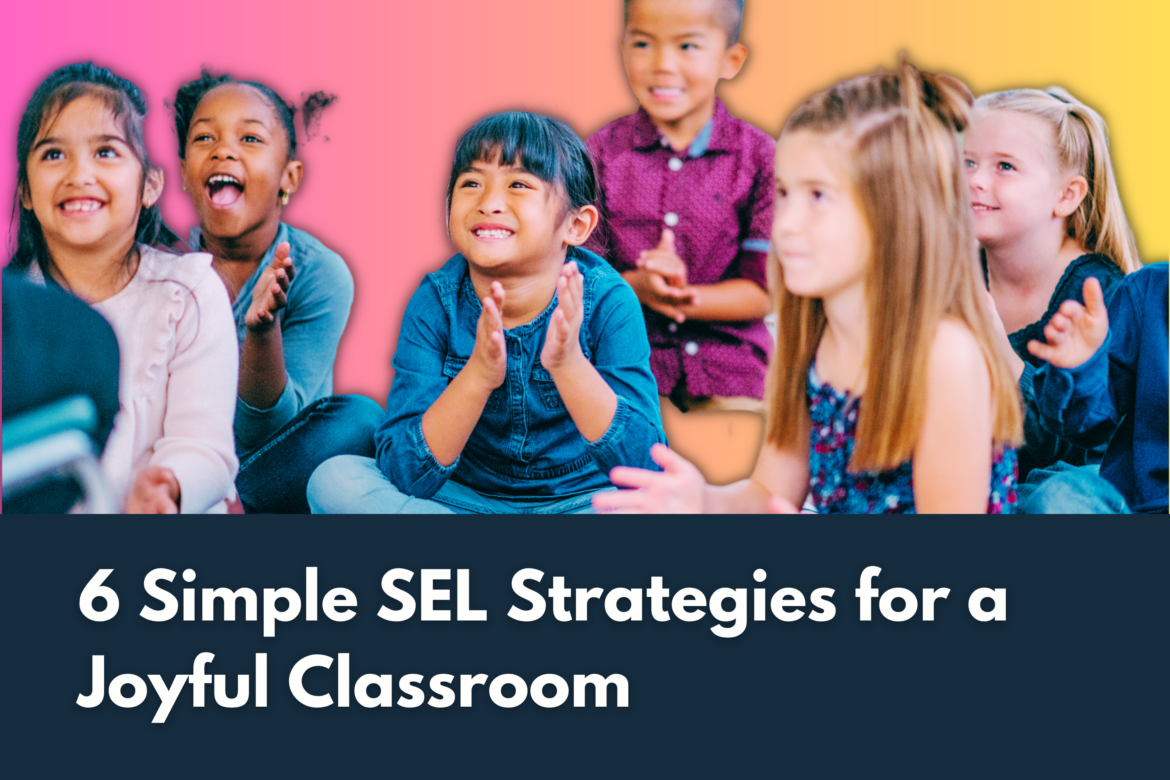Now more than ever students need teachers to guide them not just academically, but socially and emotionally as well. This can take a toll on teacher well-being, too. However, using the following six simple social-emotional learning (SEL) strategies. teachers restore joy to their classrooms, reduce the stress felt by students and teachers, and positively impact student engagement and academic success.
What Is SEL?
Simply put, SEL refers to social-emotional learning, or students’ ability to manage their emotions to successfully navigate the classroom and the world around them. There are Five Core Competencies that all humans need in order to fully engage and understand their emotions and community. These include:
- Self-awareness
- Self-management
- Social awareness
- Relationship skills
- Responsible decision making
The benefits of SEL strategies include increased student engagement, grades, and attendance, as well as the ability to acknowledge, regulate, and communicate emotions; consequently, decreasing negative behaviors and stress levels.
1. Start at the Door
Starting at the door is the biggest opportunity to engage personally with each student. A positive greeting can change your attitude toward your students and reinforce that you are happy to be a part of their lives. It gives you an opportunity to gauge a student’s mood and offer words of encouragement. Teachers of younger students may even offer a check-in in which students use emojis (digital or print) to share their emotions when entering the room.

Also, consider offering specialized greetings to each student upon entering the room or offering them the chance to choose their greeting from five options (high five, elbow/fist bump, specialized handshake, or even a hug). In my own classroom, students reported that this quick interaction increased their joy and positively impacted their attitude about coming to class, and they stated that they looked forward to these salutations each day because it made them feel special.

2. Setting the Stage
Autonomy in the classroom can start with seating choices and classroom atmosphere. Here are some benefits of offering flexibility in seating:
- Increased participation, communication, and collaboration
- Physical stimulation (exercise ball, wobble stool or cushion)
- Happier students
- Improved focused over longer periods of time
In addition to seating, you may also want to consider the lighting in your classroom, adding music to your day, and including some plants in your classroom decor. Natural lighting positively affects academic achievement and music stimulates endorphins, reduces stress and anxiety, lowers heart rates, and increases creativity and focus. Plants provide fresher air and mental clarity as well.
3. Shout Outs
Student Shout Outs are an SEL strategy that can aid in building peer-to-peer relationships. They give students the opportunity to shine the spotlight on the positive characteristics and actions of their classmates. Whether you choose one student per day to focus on or allow students to create shout outs whenever the chance arises, they will definitely want to read them to their peers and display them for all to see. When the display area is full, students can glue shout outs into their journals. It’s a great way for them to be reminded of the good others saw in them.

4. Celebrate
Don’t forget to celebrate the good stuff! Celebrate small and large accomplishments. Did you notice their good attitude, quickness to follow directions, collaboration with peers, participation, or improved work quality? A personalized note, a high five in the air, or a quick round of Beach Ball Volley (with an imaginary ball) can be used to celebrate students. Classroom sticker stores and music or dance breaks can be simple ways to focus on the positive.
5. Inclusive Engagement
Engaged students think critically. They are more willing to try difficult things, participate collaborate, explore, ask questions, and be creative problem-solvers. Facilitating inclusive lessons using various modes of learning will captivate, inspire, and motivate students. Bring excitement and relevancy, integrated skills, and increased cognition to academic tasks with activities ranging from simple vocabulary Scoot to more complex problem-solving activities or celebratory events such as Poetry Cafe.
6. Self-Awareness and Self-Management
Both self-awareness and self-management are necessary tools in life and in the classroom. Teachers serve as facilitators of goal-setting, positive mindset, calming strategies, improved communication techniques, and the metacognitive process. Aid students in setting attainable goals by starting with actionable steps that will lead to a bigger overarching goal. Books are the perfect place to start as you explore common feelings, emotions, and character traits such as loyalty and determination. Use positive mindset and calming strategies to help students learn to self-manage their emotions, words, and reactions when frustrated with themselves or others. Model conflict resolution strategies and allow time to practice the proper verbiage by role-playing various scenarios.
We as teachers have the greatest impact on student success, and it is up to us to ensure that our students are not only succeeding academically but that they are also healthy socially and emotionally as well. Teaching is a stressful job, but by utilizing these six simple SEL strategies, your classroom will not only be successful, but joyful too!

